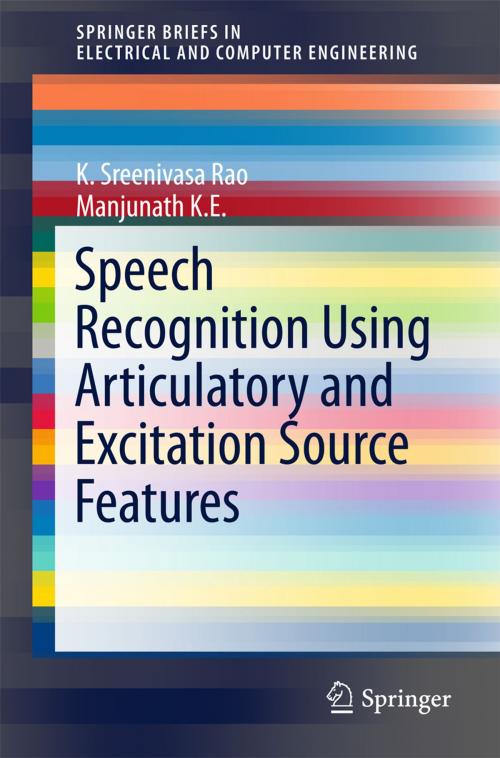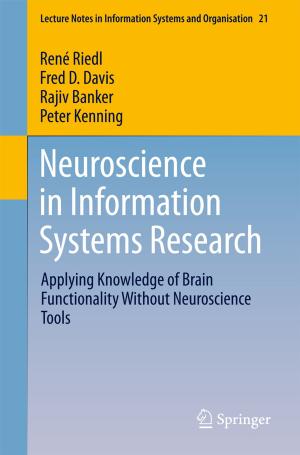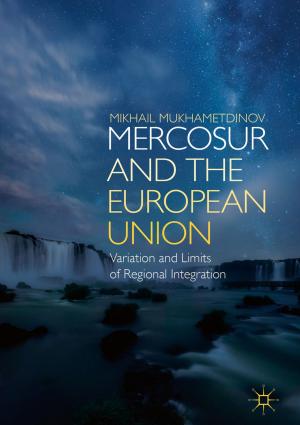Speech Recognition Using Articulatory and Excitation Source Features
Nonfiction, Science & Nature, Technology, Electronics, Computers, Advanced Computing| Author: | K. Sreenivasa Rao, Manjunath K E | ISBN: | 9783319492209 |
| Publisher: | Springer International Publishing | Publication: | January 11, 2017 |
| Imprint: | Springer | Language: | English |
| Author: | K. Sreenivasa Rao, Manjunath K E |
| ISBN: | 9783319492209 |
| Publisher: | Springer International Publishing |
| Publication: | January 11, 2017 |
| Imprint: | Springer |
| Language: | English |
This book discusses the contribution of articulatory and excitation source information in discriminating sound units. The authors focus on excitation source component of speech -- and the dynamics of various articulators during speech production -- for enhancement of speech recognition (SR) performance. Speech recognition is analyzed for read, extempore, and conversation modes of speech. Five groups of articulatory features (AFs) are explored for speech recognition, in addition to conventional spectral features. Each chapter provides the motivation for exploring the specific feature for SR task, discusses the methods to extract those features, and finally suggests appropriate models to capture the sound unit specific knowledge from the proposed features. The authors close by discussing various combinations of spectral, articulatory and source features, and the desired models to enhance the performance of SR systems.
This book discusses the contribution of articulatory and excitation source information in discriminating sound units. The authors focus on excitation source component of speech -- and the dynamics of various articulators during speech production -- for enhancement of speech recognition (SR) performance. Speech recognition is analyzed for read, extempore, and conversation modes of speech. Five groups of articulatory features (AFs) are explored for speech recognition, in addition to conventional spectral features. Each chapter provides the motivation for exploring the specific feature for SR task, discusses the methods to extract those features, and finally suggests appropriate models to capture the sound unit specific knowledge from the proposed features. The authors close by discussing various combinations of spectral, articulatory and source features, and the desired models to enhance the performance of SR systems.















